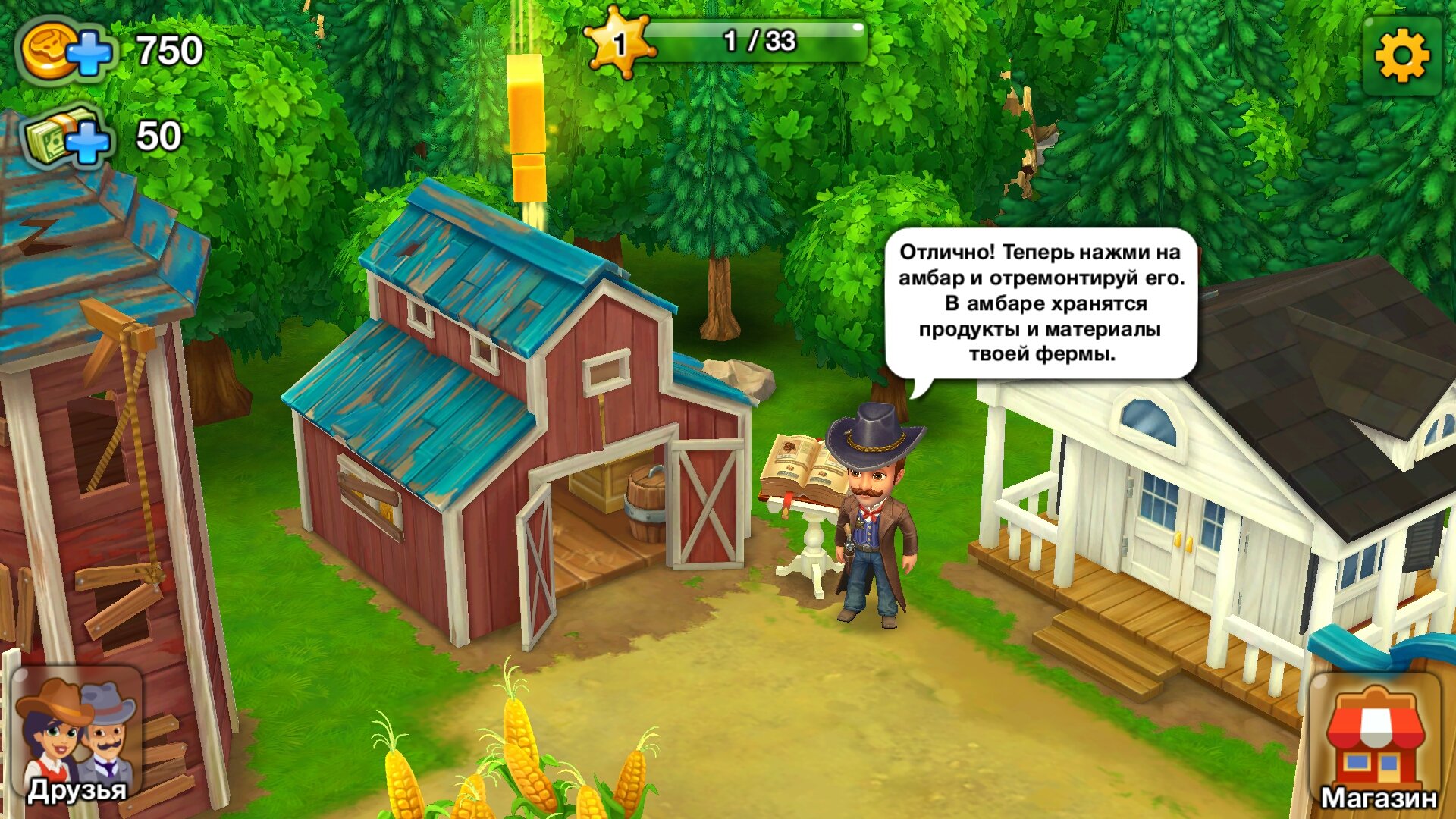

The carriage driver testified that the shooting was in self-defense, and Williams was never charged. Before he could get a shot off, however, Williams fired his own gun - the bullet piercing through Hayward’s right eye and killing him instantly. 38 Colt after the two men briefly exchanged words. Hayward exited the carriage and went for his. On the night of March 15, 1887, Williams stood outside the saloon as a horse-drawn carriage taxi stopped. Hayward apparently had plans to take out the new competition, but a friend warned Williams first. That’s exactly how Robert Hayward earned a living, and he didn’t appreciate fellow cardsharp Harry Williams moving in on his turf. In those days, a professional gambler could take advantage of cowboys and railroad workers looking to wager some of their fresh paychecks. And that section of Main has a bit of blood-stained Wild West history.Īn incident at 606 Main St., now a hotel but then the White Elephant Saloon, exemplified some of the characters who frequented Hell’s Half Acre. A cowboy passing through could take a bath, down some whiskey, gamble and smoke a bit, and even visit a bordello. A touch of the Old West still prevailed, and a large section of the city featured the unofficial red-light district known as Hell’s Half Acre. An average day might bring visitors walking the brick-covered sidewalks and meeting friends for lunch.īut in the late 1800s, Fort Worth was much different. The tree-lined stretch of the 600 block of Main Street sits in the heart of Sundance Square - surrounded by nice hotels, eateries, and popular Fort Worth hotspots like Bass Performance Hall and the Convention Center.


 0 kommentar(er)
0 kommentar(er)
